The United States is home to an astonishing diversity of snake species, with approximately 150 different types slithering across its varied landscapes. From the venomous rattlesnakes of the southwestern deserts to the harmless garter snakes of suburban gardens, America’s serpent diversity is among the most impressive in the temperate world. This remarkable variety isn’t just a coincidence but the result of complex interactions between geography, climate, evolutionary history, and ecological factors that have shaped the continent for millions of years. Understanding why the U.S. houses such an extensive range of snake species offers fascinating insights into biogeography, adaptation, and the unique natural heritage of North America.
Geographical Size and Diversity
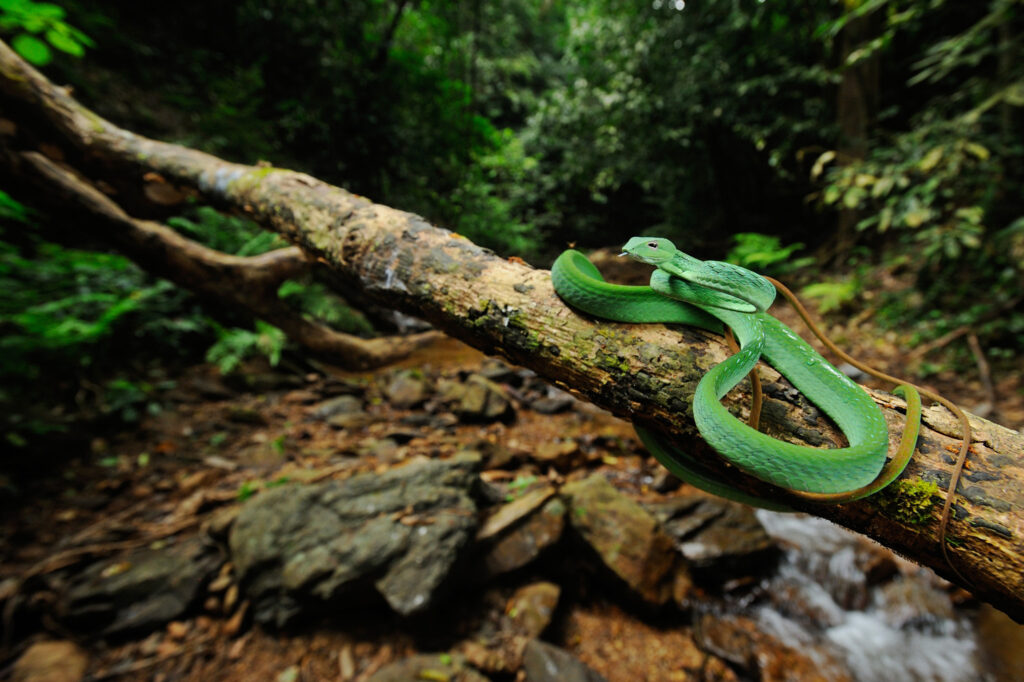
The United States encompasses nearly 3.8 million square miles, making it the third-largest country in the world by land area. This vast expanse includes everything from tropical wetlands in Florida to arctic tundra in Alaska, creating an exceptional variety of habitats that can support different snake adaptations. The country spans nearly 1,600 miles from north to south and 2,800 miles east to west, providing enormous gradients of temperature, precipitation, and seasonality. Such geographical breadth naturally encourages biodiversity by creating countless ecological niches that different snake species can evolve to fill, allowing specialized adaptations to emerge across the landscape.
Varied Climate Zones

The U.S. contains at least nine distinct climate zones according to the Köppen climate classification system, ranging from tropical to subarctic. This climatic diversity creates natural boundaries and specialized environments that promote the evolution of regionally adapted snake species. In the hot, humid Southeast, water snakes and cottonmouths thrive in swampy conditions, while in the arid Southwest, sidewinders and other rattlesnakes have evolved specialized heat-tolerant adaptations. The temperate deciduous forests of the Northeast support species like timber rattlesnakes and black rat snakes, which have developed hibernation strategies to survive cold winters. Each climate zone essentially functions as a laboratory for snake evolution, with different selective pressures shaping unique adaptations.
Topographical Variation

America’s dramatic topographical features have been crucial in driving snake speciation through geographical isolation. The Appalachian Mountains in the east, the Rocky Mountains in the west, and numerous other mountain ranges create physical barriers that separate snake populations, allowing them to evolve independently. River systems like the Mississippi create additional natural boundaries that limit gene flow between populations. Elevation changes from sea level to over 14,000 feet in the continental U.S. create vertical zonation of habitats, with different snake species adapted to specific elevation ranges. These topographical features effectively create islands of habitat, promoting allopatric speciation—the formation of new species when populations become geographically isolated from one another.
Biogeographical History
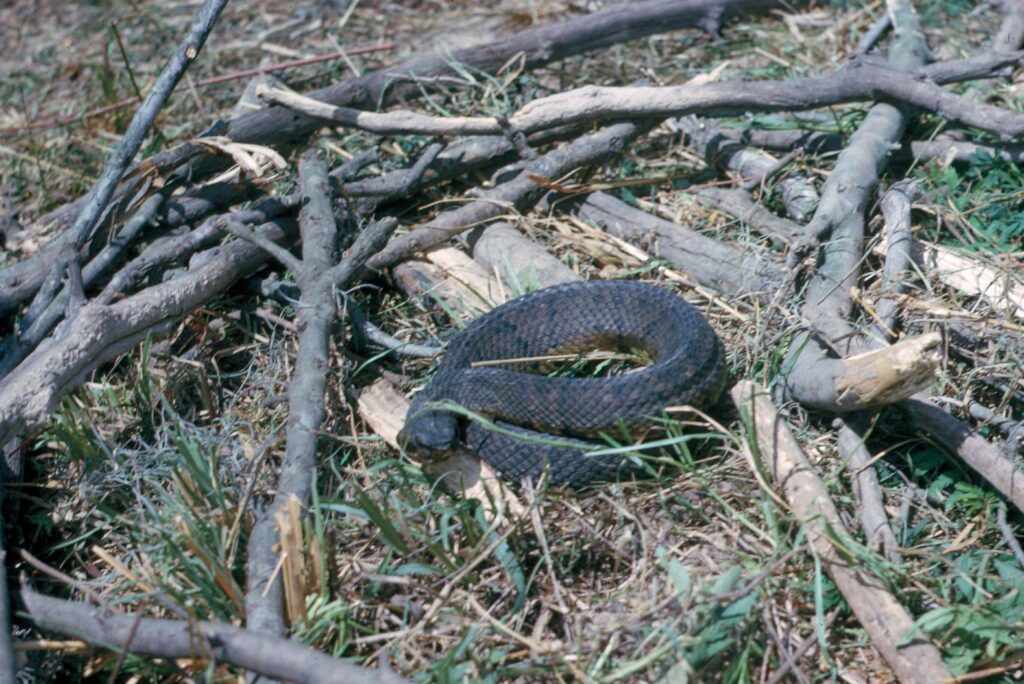
The current distribution of snake species across the United States reflects millions of years of continental shifts, climate changes, and evolutionary processes. North America has experienced dramatic geological and climatic transformations throughout its history, including continental collisions, the rise and fall of mountain ranges, and multiple ice ages. During the Pleistocene ice ages, snake populations retreated to southern refugia, later expanding northward as the climate warmed, creating patterns of distribution still visible today. Some snake lineages arrived via land bridges from Asia or South America during periods when these connections existed. This complex biogeographical history has allowed for multiple waves of snake colonization and diversification across what would become the United States.
Evolutionary Radiation of Key Snake Families

Several major snake families have undergone significant evolutionary radiation within North America, contributing substantially to the country’s serpent diversity. The pit vipers (family Viperidae), which include rattlesnakes, copperheads, and cottonmouths, diversified extensively across the continent, evolving specialized venom delivery systems and heat-sensing pits. Colubrid snakes, the largest family of snakes globally, underwent explosive diversification in North America, developing into everything from small ground-dwelling species to large tree-climbing hunters. The United States represents the evolutionary cradle for rattlesnakes in particular, with more species of rattlesnake found here than anywhere else on Earth. This evolutionary radiation reflects the adaptive potential of these snake lineages when exposed to diverse ecological opportunities.
Habitat Diversity

The United States contains an extraordinary range of habitat types, each supporting its own specialized snake communities. Desert ecosystems in the Southwest support sidewinders, glossy snakes, and shovel-nosed snakes adapted to sandy conditions and extreme temperatures. Wetland habitats throughout the country harbor watersnakes, ribbon snakes, and mud snakes with semi-aquatic adaptations. Prairie and grassland regions support species like bullsnakes and prairie rattlesnakes that excel in open environments. Forest habitats, which vary from coniferous to deciduous across different regions, house diverse arboreal and terrestrial species. This mosaic of habitat types creates countless ecological niches for snakes to fill, directly supporting the evolution and maintenance of species diversity.
Ecological Specialization
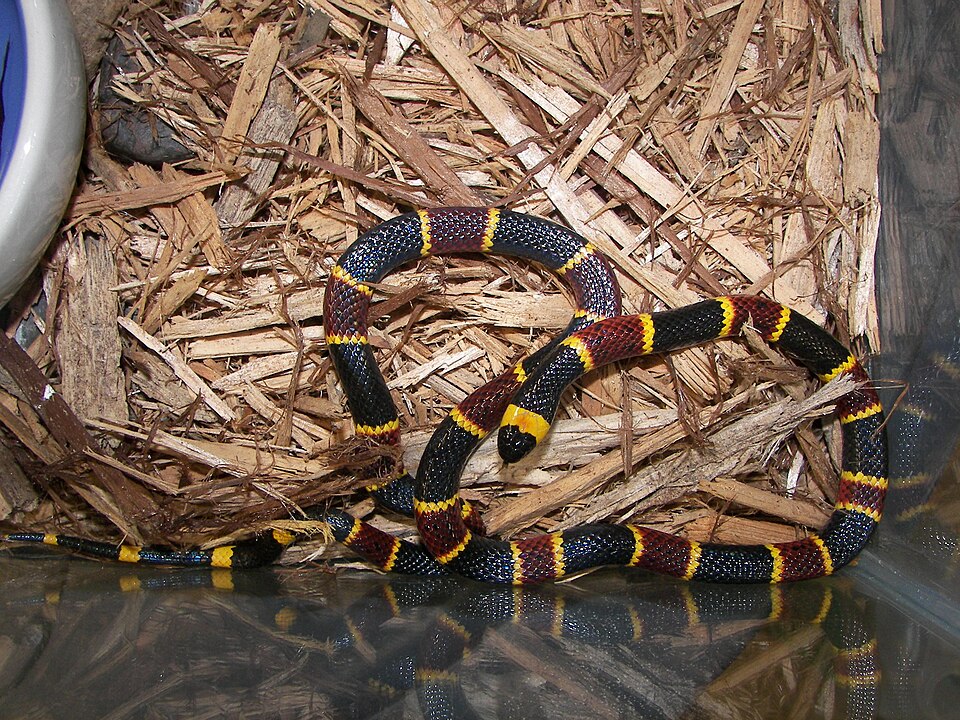
Many American snake species have evolved highly specialized ecological roles, further contributing to overall diversity. Dietary specialization is particularly evident, with some species like the eastern coral snake feeding primarily on other snakes, while kingsnakes specialize in consuming reptiles including other snakes. Thermal ecology varies dramatically, with some species active primarily at night in desert regions while others maintain diurnal activity in temperate forests. Reproductive strategies show similar specialization, ranging from egg-laying to live birth depending on climate and habitat. Microhabitat preferences further divide ecological niches, with some species specialized for life underground, others for living in trees, and still others for aquatic environments, all within the same geographical area.
The Role of Geological History
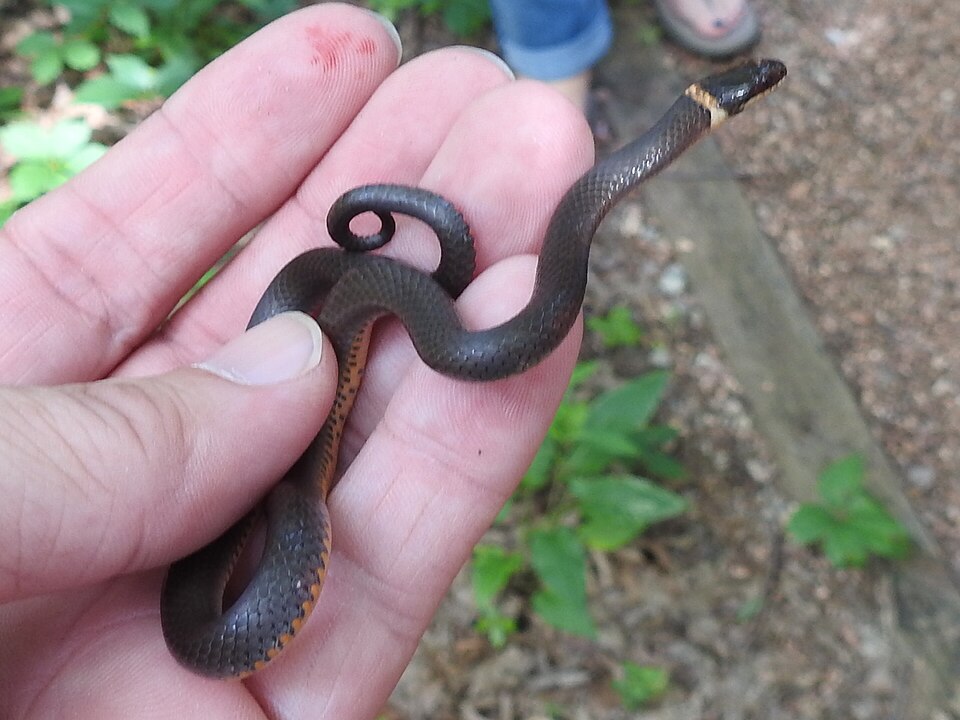
The geological formation of key American landscapes has directly influenced snake diversity through time. The creation of the Basin and Range Province in the American Southwest, with its alternating mountain ranges and valleys, generated countless isolated habitats where snake populations could diverge. The formation of the Great Plains created vast grassland ecosystems that favored the evolution of specialized prairie snake species. Coastal plain development along the Atlantic and Gulf regions provided new habitats for moisture-loving snake species to colonize. The Mississippi Embayment’s historical flooding patterns created a dynamic mosaic of wetland habitats that supported the evolution of aquatic snake diversity. These geological processes have continuously created new opportunities for snake speciation throughout North American history.
Refuge Areas During Climate Change
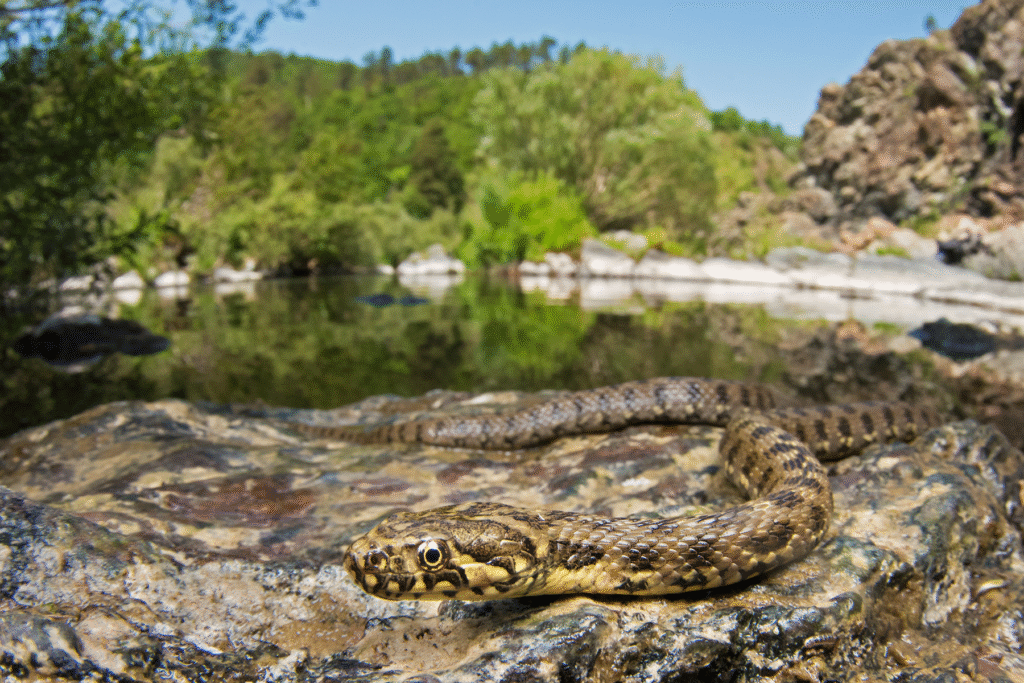
The United States’ complex geography has created critical refuge areas that preserved snake diversity during past climate fluctuations. During ice ages, the southeastern United States served as a crucial refugium where many snake species survived, later recolonizing northern areas as the climate warmed. Similarly, the southwestern deserts provided warm refugia that maintained desert-adapted snake lineages during cooler periods. Elevation gradients in mountain ranges allowed species to track their preferred climate conditions by moving up or down slopes as temperatures changed. River valleys served as dispersal corridors, allowing snakes to colonize new areas as habitats shifted. This preservation of diversity through climate refugia has contributed significantly to the accumulation of snake species over evolutionary time.
Peninsular Effect in Florida
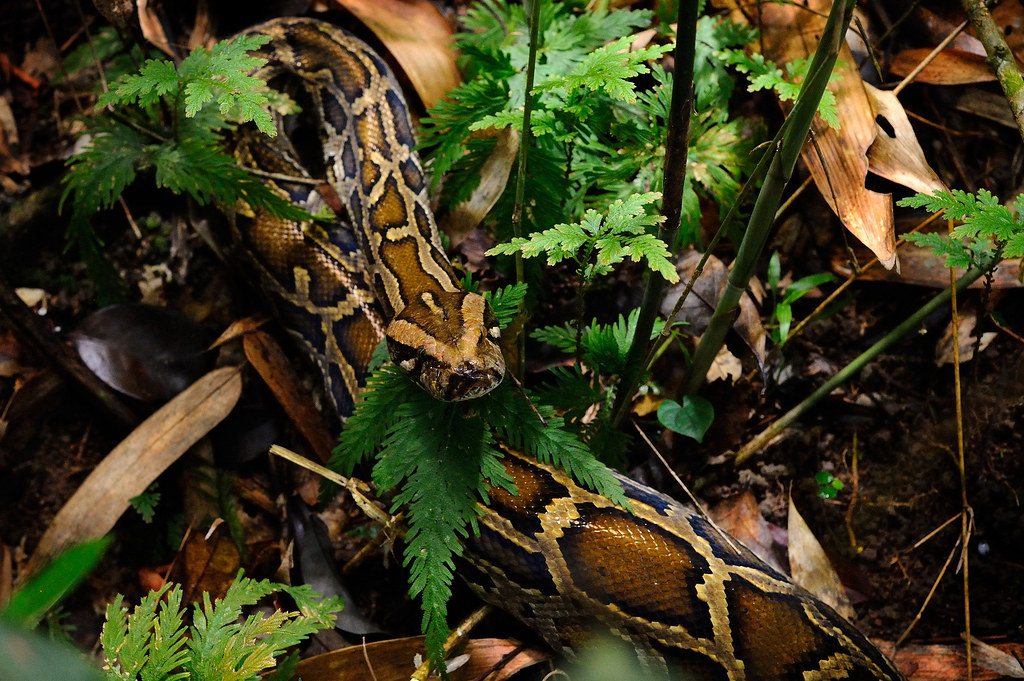
Florida represents a special case in U.S. snake diversity, hosting a disproportionately high number of species due to its unique peninsular geography and subtropical climate. The Florida peninsula acts as both a southward terminus for many eastern North American snake species and a northern outpost for Caribbean and tropical species. Its isolation from other warm regions by cooler continental areas has promoted endemism—the evolution of species found nowhere else. The state’s varied habitats, from the Everglades to sandy scrublands, provide numerous ecological niches for snake specialization. Florida’s snake diversity has been further augmented in recent decades by the introduction of non-native species like Burmese pythons, though these represent a conservation challenge rather than a natural diversity component.
Minimal Glaciation in the South
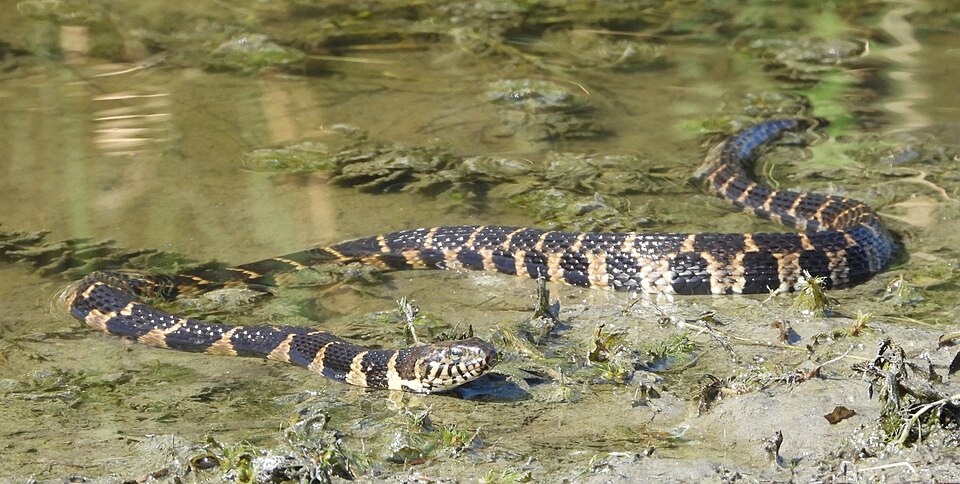
The southern United States largely escaped the extensive glaciation that repeatedly scoured northern regions during ice ages, allowing for continuous evolution and accumulation of snake diversity. While northern snake populations faced repeated extinction events due to advancing ice sheets, southern populations persisted and diversified over millions of years. This historical stability allowed for the preservation of ancient lineages and the continued accumulation of genetic diversity within southern snake populations. The unglaciated Southeast and Southwest became evolutionary cradles where snake species could persist and diversify even during the harshest global cooling periods. This north-south gradient in evolutionary history remains visible today in the pattern of increasing snake diversity as one moves southward across the United States.
Evolutionary Time Depth
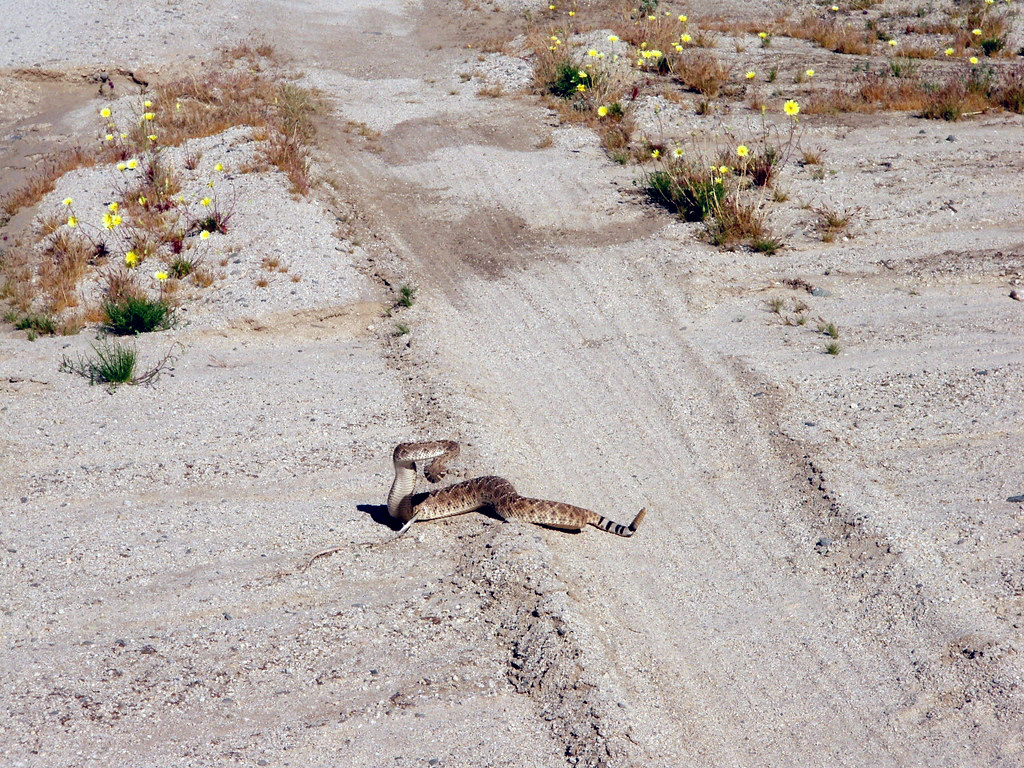
The considerable age of the North American continent has provided ample time for snake diversity to develop and accumulate. Snakes have inhabited what is now the United States for over 50 million years, allowing for countless generations of evolutionary adaptation and speciation. This long timeline has permitted the development of complex adaptations to specialized ecological niches that wouldn’t emerge over shorter evolutionary periods. Multiple waves of snake evolution have occurred during this time, with newer lineages evolving alongside ancient ones rather than simply replacing them. The stability of the North American landmass, which hasn’t experienced the same degree of fragmentation as some other continents, has allowed for continuous in-situ evolution of snake lineages over tens of millions of years.
Conservation Implications
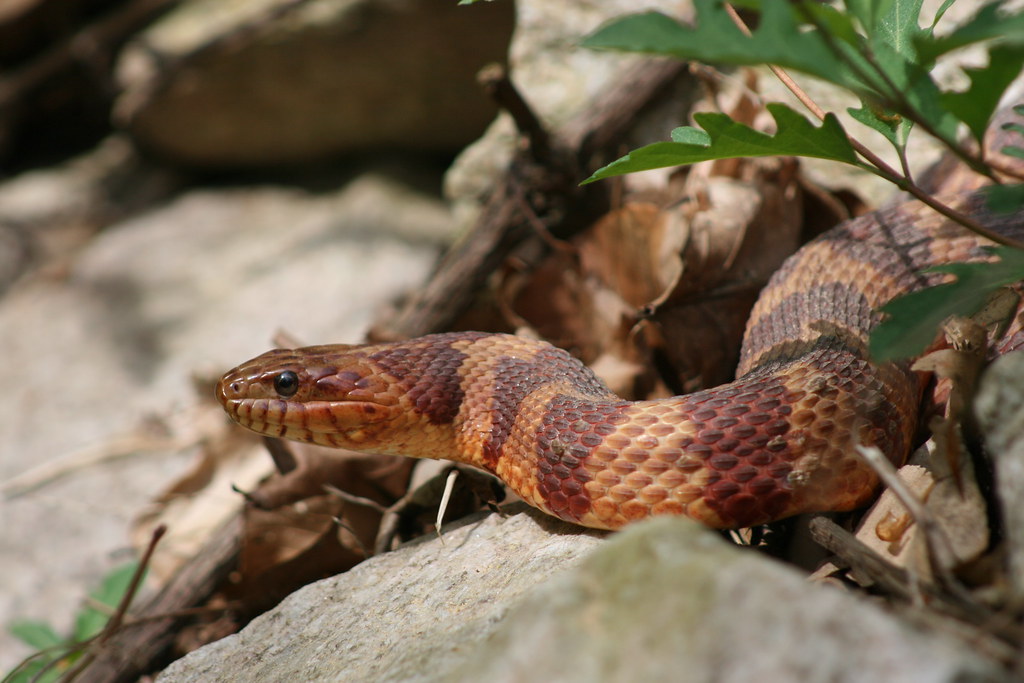
The remarkable diversity of snake species in the United States represents both a conservation triumph and challenge in the modern era. This natural heritage reflects millions of years of evolution that could be rapidly undermined by habitat destruction, climate change, and persecution. Many U.S. snake species have highly restricted ranges, making them vulnerable to extinction from even localized habitat alterations. Conservation efforts increasingly focus on preserving not just individual species but the ecological and evolutionary processes that generated this diversity in the first place. Understanding the factors that created America’s snake diversity provides crucial insights for designing effective conservation strategies that can preserve these fascinating reptiles for future generations to study and appreciate.
The extraordinary diversity of snake species across the United States stems from a perfect storm of geographical, climatic, ecological, and evolutionary factors operating across vast timescales. This remarkable variety didn’t emerge by chance but through complex processes of adaptation and speciation responding to the continent’s dynamic environmental history. From the arid deserts of the Southwest to the humid forests of the Southeast, each landscape tells a story of snake evolution uniquely shaped by local conditions. As we face a future of rapid environmental change, understanding the origins of this diversity becomes not just a matter of scientific curiosity but a foundation for conservation efforts aimed at preserving America’s remarkable serpent heritage for generations to come.

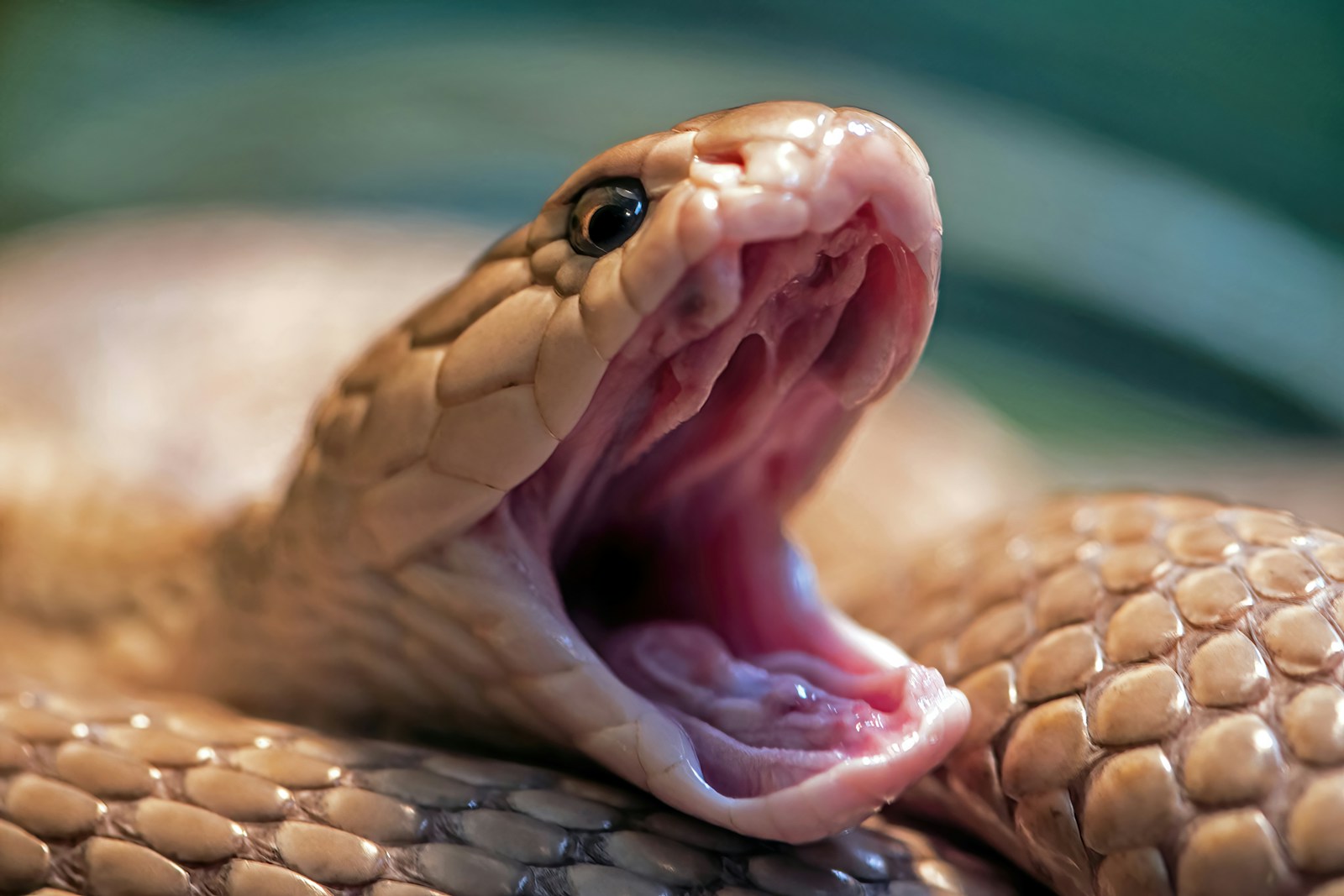

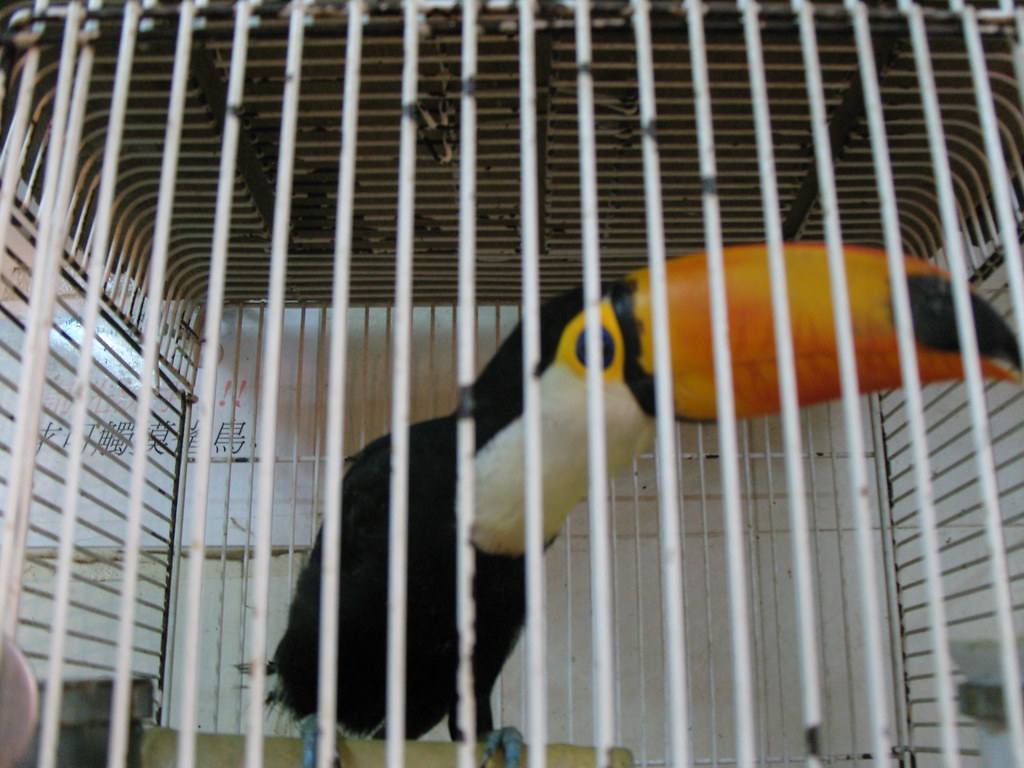


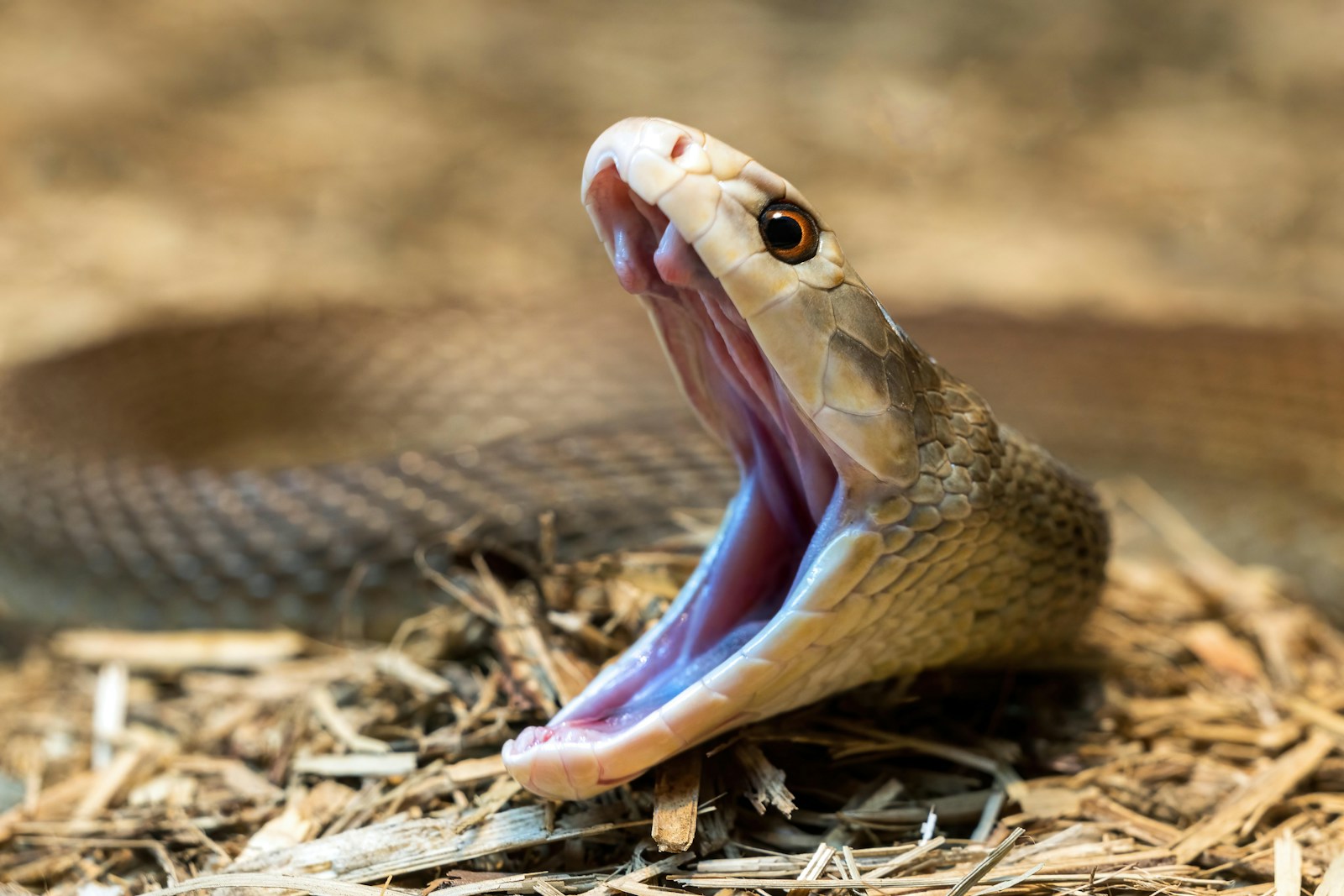
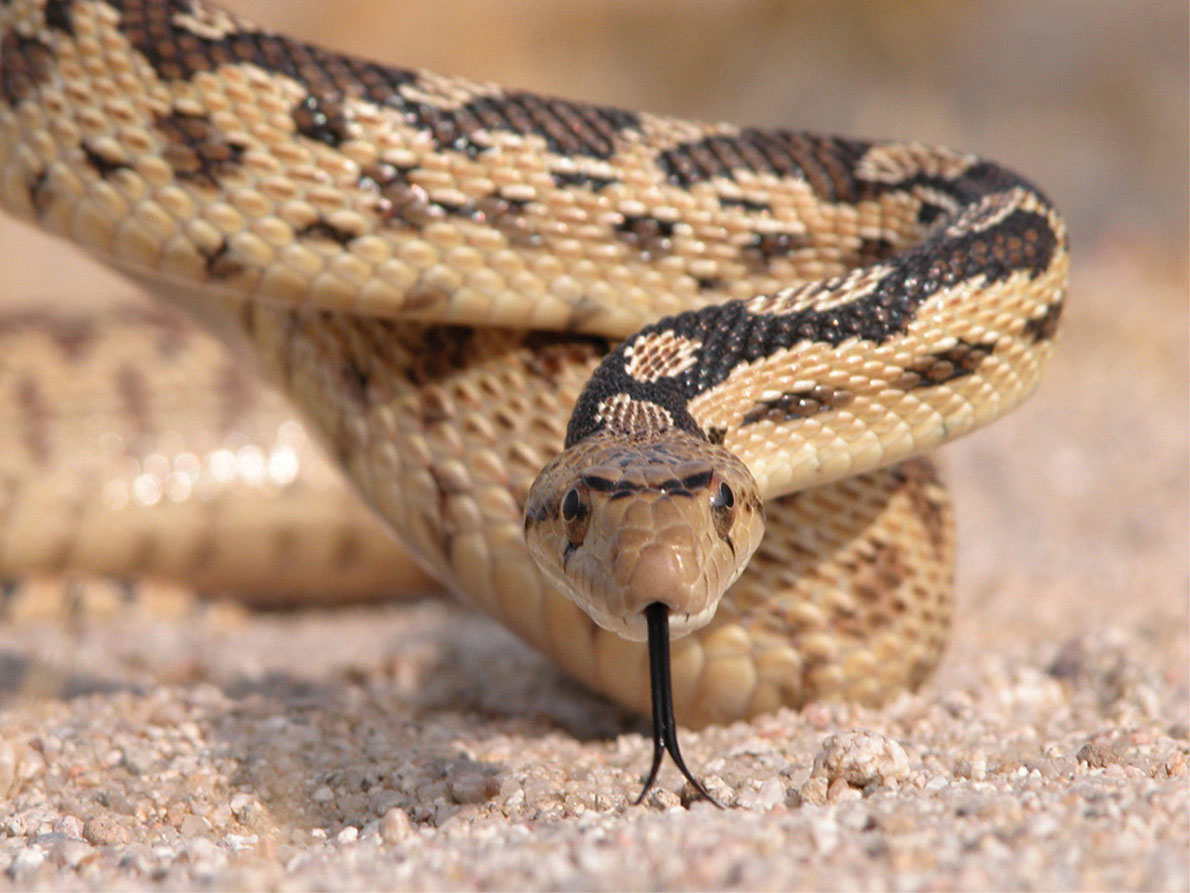
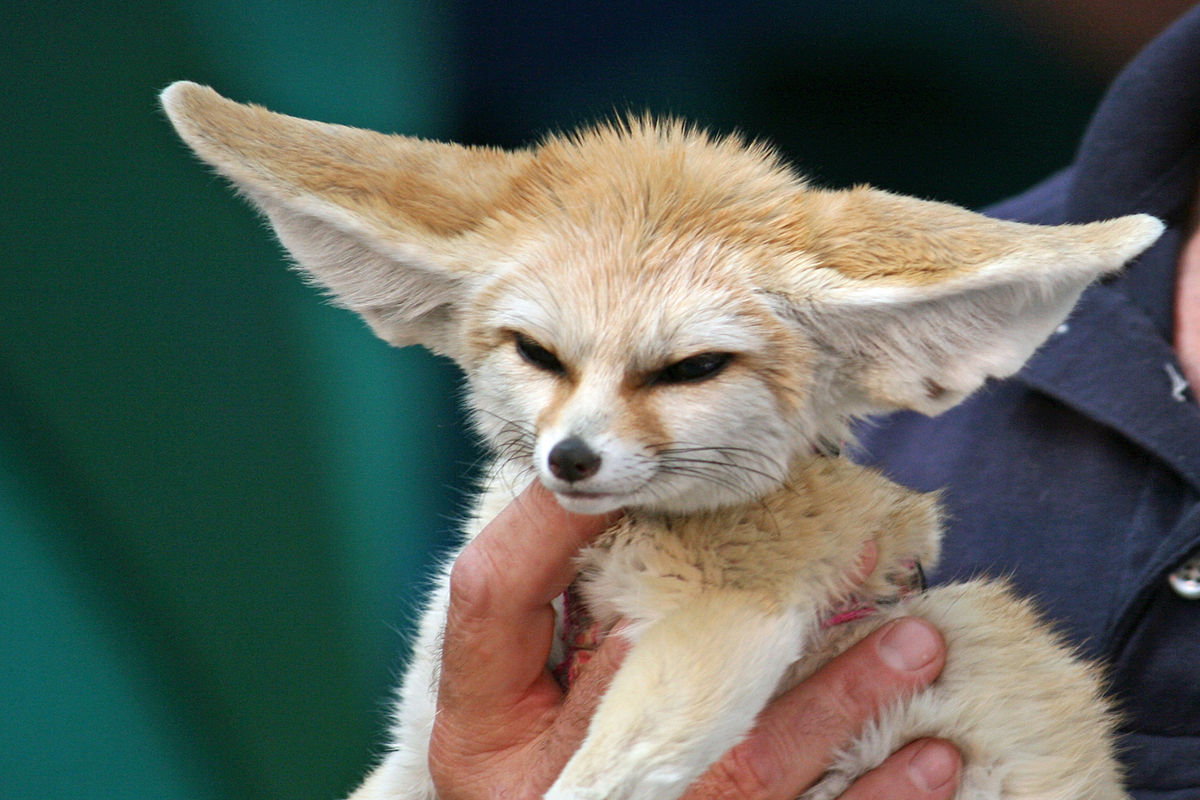
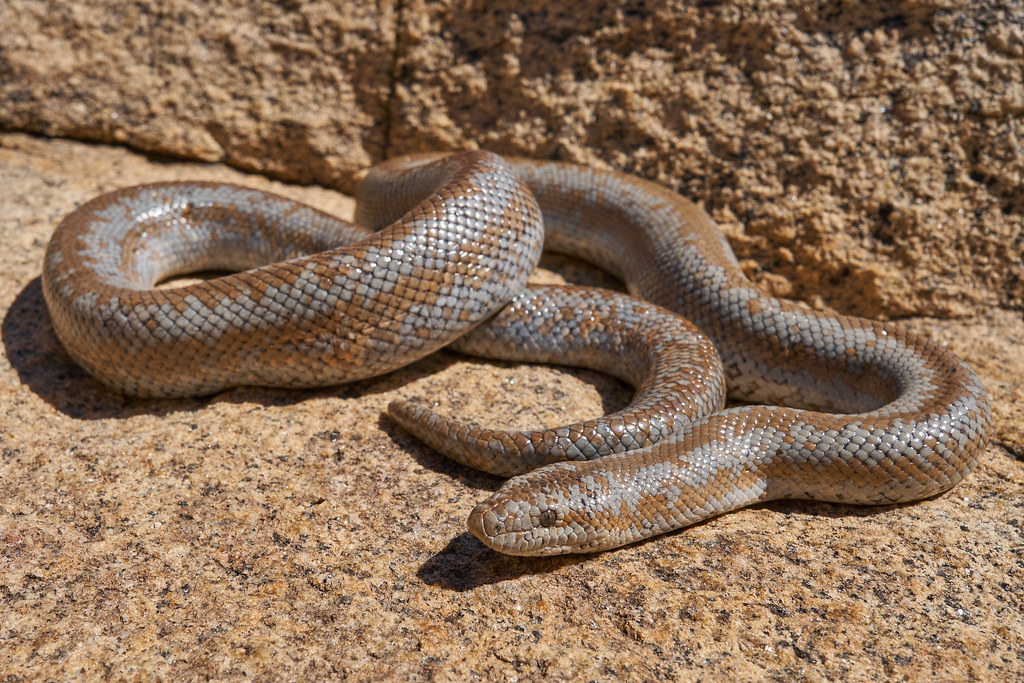





Leave a Reply